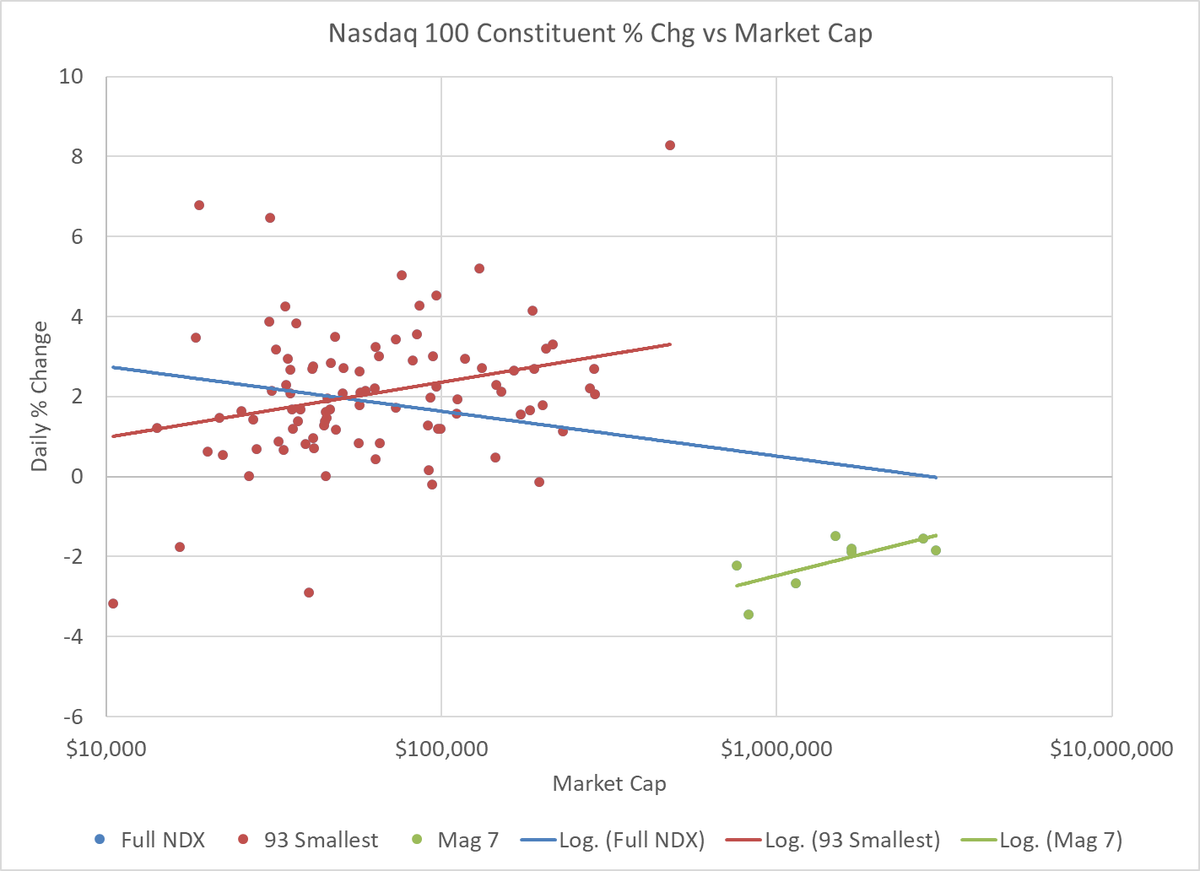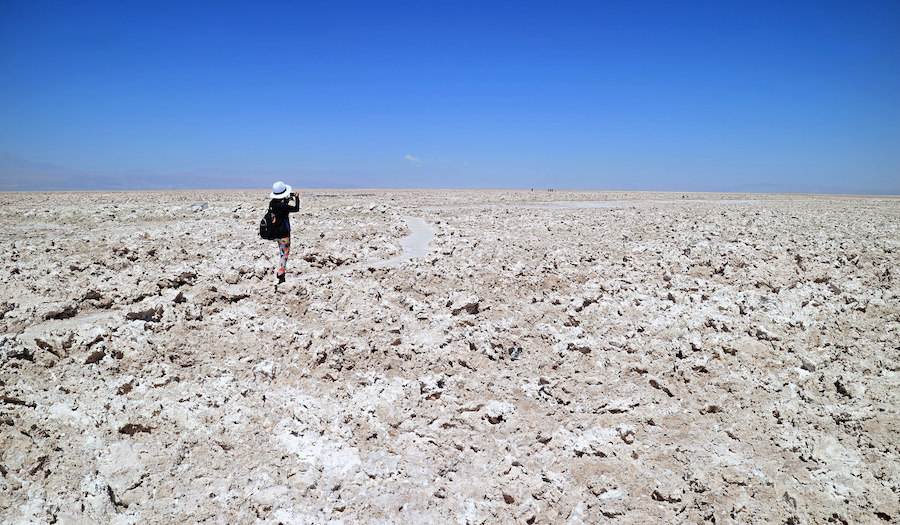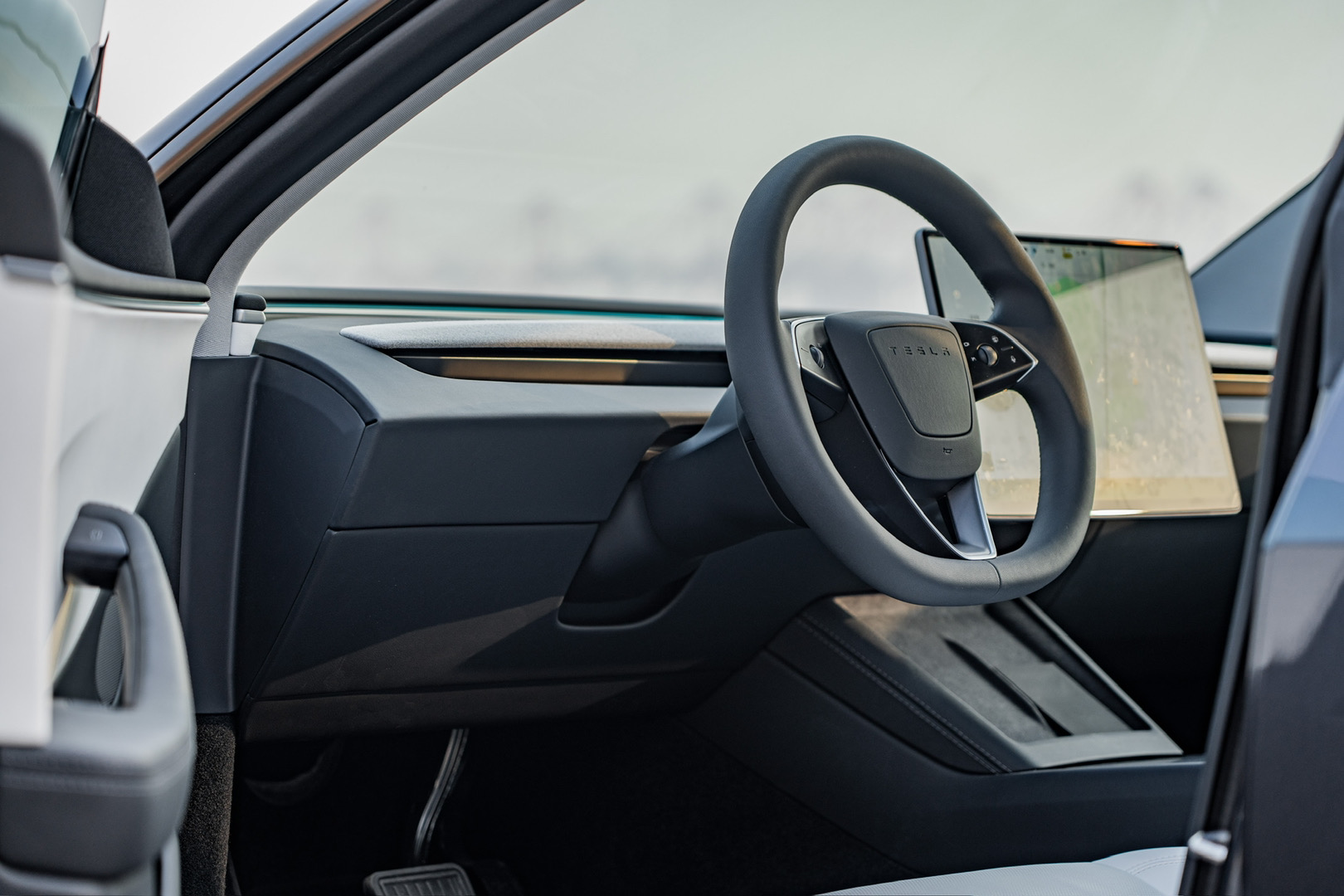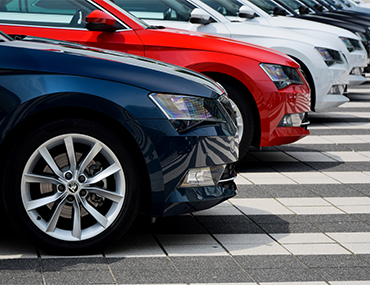The older system has seperate CAN-busses. This could be for having motion data (position/angle sensors, motor speeds from the inverters) seperated from the service data to avoid having the bus overloaded because one node is flooding the bus with pakkets.
The newer is an all-ethernet based fieldbus with deterministic properties at a much higher bandwith without the need for a seperate CAN/Ethernet gateway (think of it like Powerlink Ethernet or Ethernet/IP from AB) lowering latency and speeds. Tesla designs most of the controllers/inverters/electronics inhouse for this platform, so I expect them to avoid the legacy CAN interface entirely on the controllers/board and have direct Ethernet communcation based links between every node (actuators, invertors, screens, controllers, sensors, ....)









